We’ll be taking a closer look at each of our Collaboration Prize winners and learning more about their plans for the future. Next up is Healthworks…
Healthworks is a new consortium formed of health and wellbeing professionals based in East Lothian. It works in partnership with businesses to optimise their employees’ physical, psychological and personal wellbeing,
Comprising four member businesses, Healthworks offers a range of expertise in areas including physiotherapy, nutrition, psychological therapies and counselling, fitness training, behavioural risk management training and employee health assessments. Working with businesses to identify the health and behavioural risks and barriers that prevent them from getting the best from their employees, Healthworks develops innovative, integrated health and wellbeing services and solutions that clients can ‘own’. Each service is designed to address the unique needs and culture of the individual business and delivered in the way that best meets their needs.
Karen Davison from Healthworks spoke to us about winning the Prize: “We are thrilled to have been selected as one of the winners and are looking forward to working together to develop programmes which will have a wide-reaching benefit for both employees and their employers. The generous prize will help us brand, package and promote our offering to get it in front of the right people, as well as enable us to develop new resources and tools to boost the services we can deliver, both face to face and online.
“Working together in this manner is beneficial for many reasons – not only does it allow us to access more opportunities and secure larger scale contracts, it also gives us all an excellent degree of professional satisfaction. Delivering a truly comprehensive service that reflects the many intricate aspects of an individual’s health and wellbeing requires a tailored approach incorporating expert knowledge and experience across a range of disciplines. We believe collaboration is the most effective way of providing this, and are hopeful that we can continue to develop our offering as we are joined by members in further areas of expertise.”
The member businesses in Healthworks are:
- Dovetail Partnerships (North) Ltd, East Lothian
- First for Fitness, East Lothian
- Midlothian Physiotherapy LLP, Midlothian
- Marney Ackroyd, Edinburgh
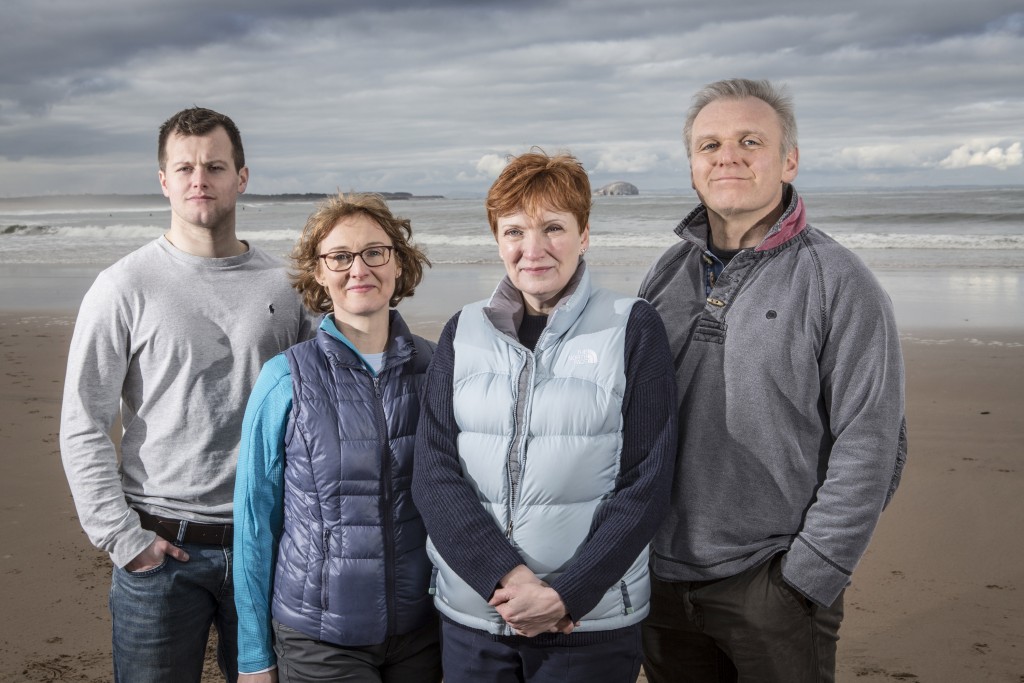



 Inspired by a “Hackathon”, a novel consortium made up of IT students and business consultants is helping build fledgling careers and establish reputations across the world.
Inspired by a “Hackathon”, a novel consortium made up of IT students and business consultants is helping build fledgling careers and establish reputations across the world. While work for external customers was being undertaken by individuals already, including for big name companies such as
While work for external customers was being undertaken by individuals already, including for big name companies such as 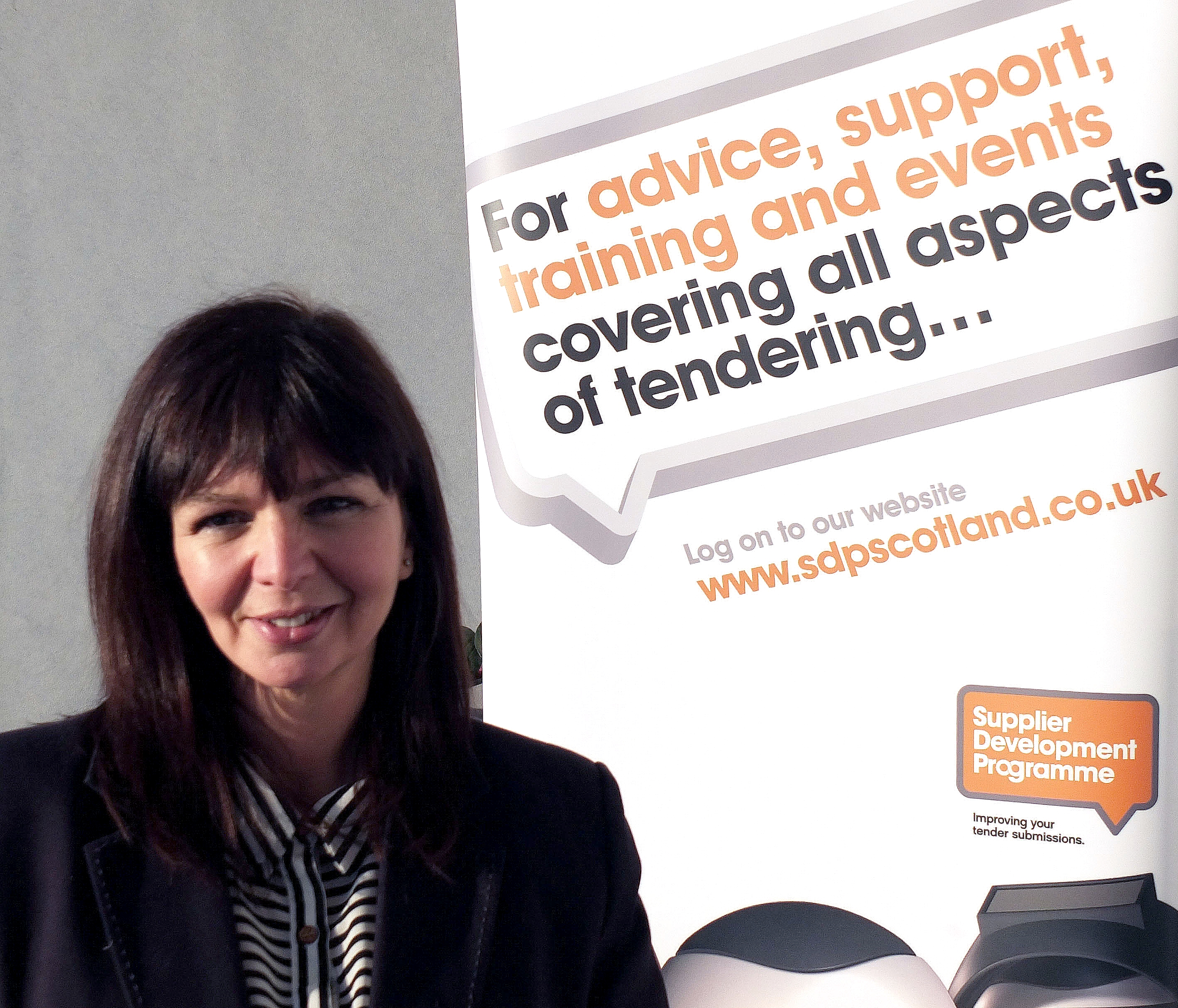
 At the end of March, we announced the winners of our Collaboration Prize. One of those winners was
At the end of March, we announced the winners of our Collaboration Prize. One of those winners was  But when we found out there was a way for us to form a business from our collaboration, we were really excited. It’s absolutely perfect for us and we were already naturally working in that way.
But when we found out there was a way for us to form a business from our collaboration, we were really excited. It’s absolutely perfect for us and we were already naturally working in that way. We also have a focus on utilising projection mapping for brand promotion and interior design, something which is currently not available from one company in Scotland. And thanks to CDS and the Collaboration Prize, we can engage more prospective clients.
We also have a focus on utilising projection mapping for brand promotion and interior design, something which is currently not available from one company in Scotland. And thanks to CDS and the Collaboration Prize, we can engage more prospective clients.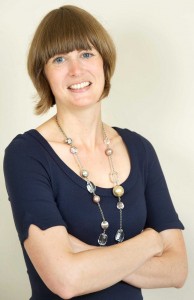 A recent
A recent 
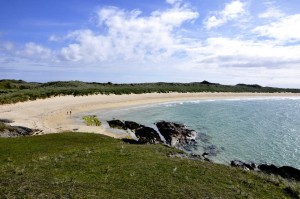
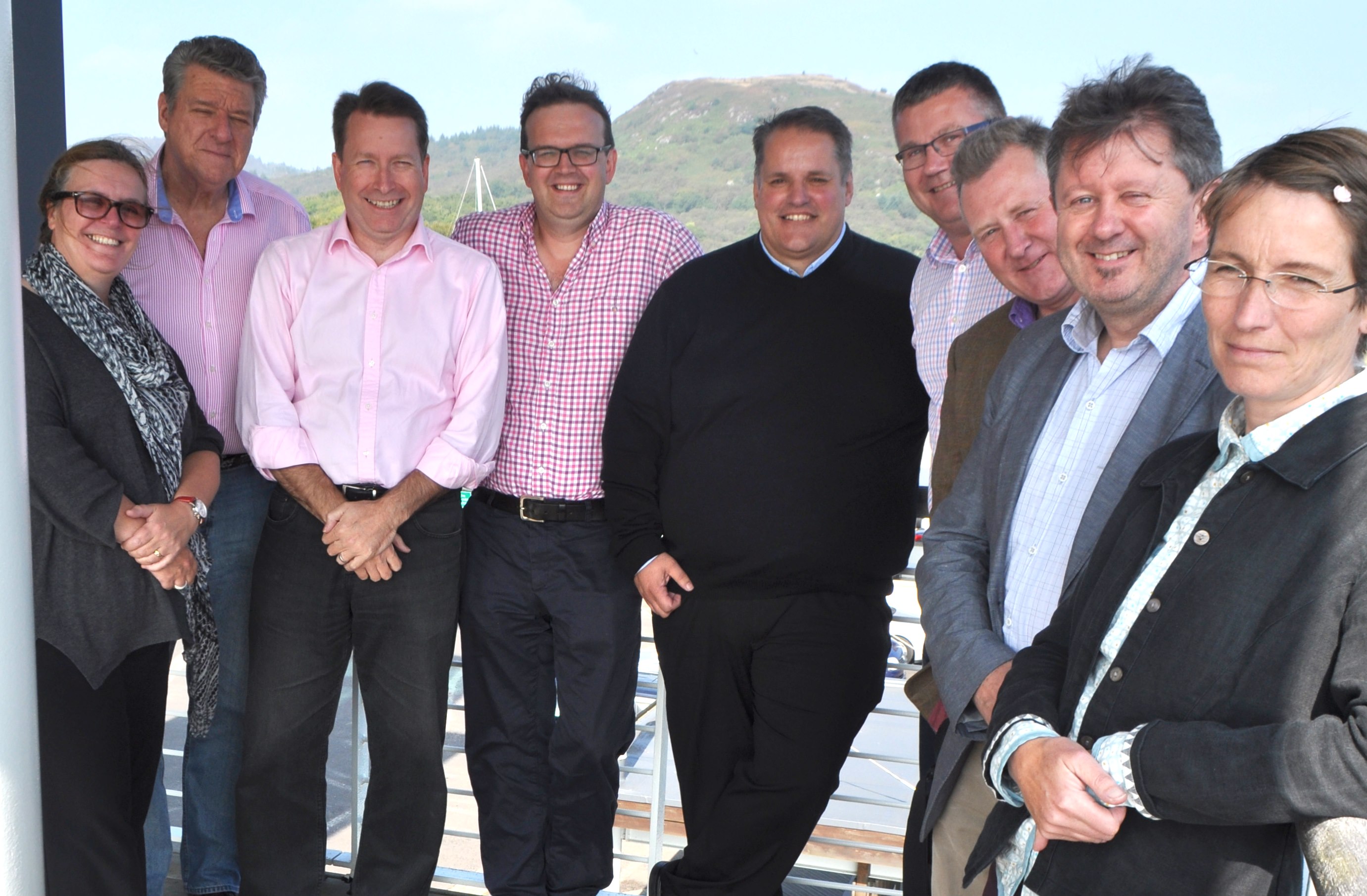
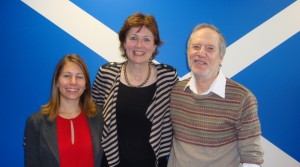 From October 6 to 9, Quebec in Canada hosted the second edition of the
From October 6 to 9, Quebec in Canada hosted the second edition of the 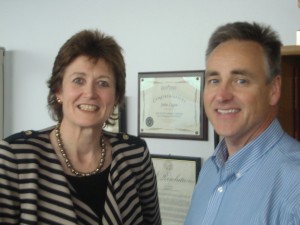
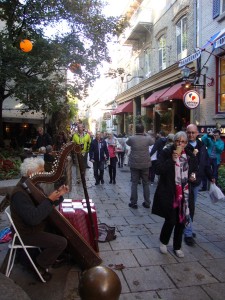 A visit to Quebec is not complete without a visit to the
A visit to Quebec is not complete without a visit to the  From October 6 to 9, Quebec in Canada hosted the second edition of the
From October 6 to 9, Quebec in Canada hosted the second edition of the  We also heard the
We also heard the  This percentage is expected to double in coming years. I was interested to see Les Scop’s
This percentage is expected to double in coming years. I was interested to see Les Scop’s 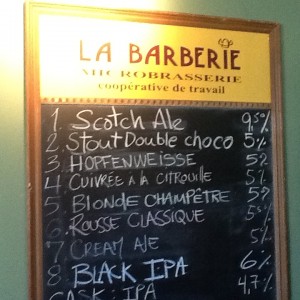 For anyone interested in worker co-operatives a visit to
For anyone interested in worker co-operatives a visit to 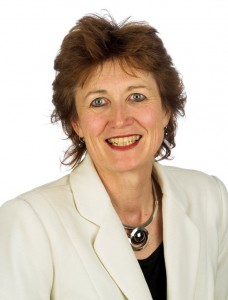 From October 6 to 9, Quebec in Canada hosted the second edition of the
From October 6 to 9, Quebec in Canada hosted the second edition of the 



 Co-operative Development Scotland’s business development manager, Jim Maxwell, was a guest of Glasgow City Council on Wednesday, speaking at its second Co-operative Business Development Seminar.
Co-operative Development Scotland’s business development manager, Jim Maxwell, was a guest of Glasgow City Council on Wednesday, speaking at its second Co-operative Business Development Seminar.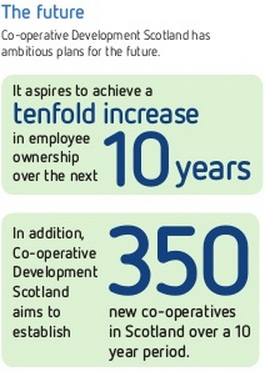 Interest also focused on the (considerable!) new tax benefits for owners when they pass a controlling interest to an employee trust and how company performance invariably benefits when employees have a meaningful stake via
Interest also focused on the (considerable!) new tax benefits for owners when they pass a controlling interest to an employee trust and how company performance invariably benefits when employees have a meaningful stake via  It tends to be this time of the year that businesses across the country refocus their efforts on a strong end to the calendar year, perhaps even taking a fresh look at opportunities to expand revenue further.
It tends to be this time of the year that businesses across the country refocus their efforts on a strong end to the calendar year, perhaps even taking a fresh look at opportunities to expand revenue further.